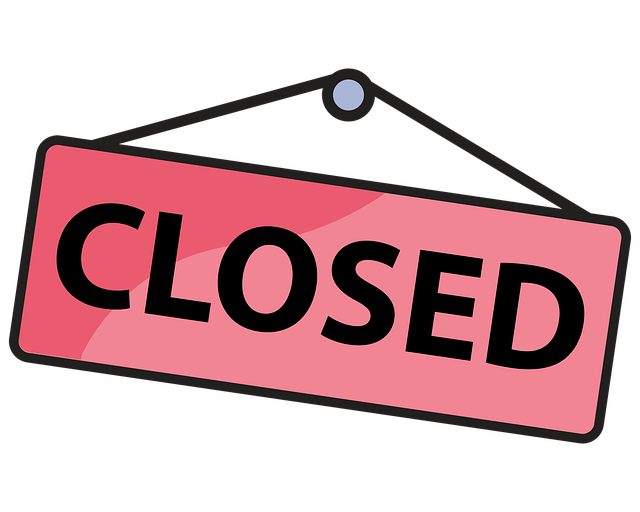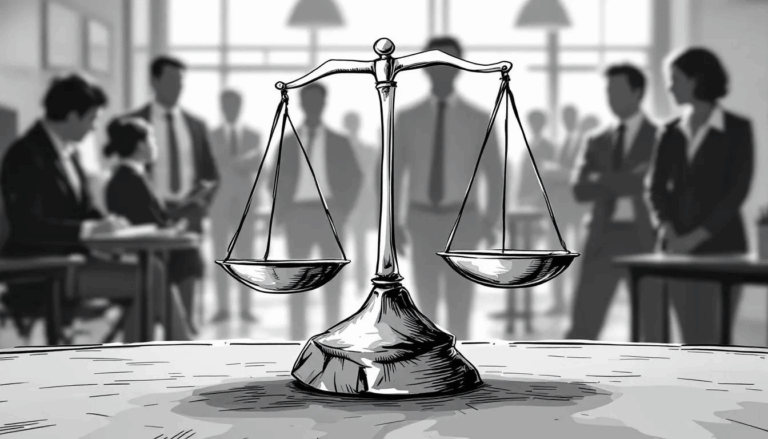The First Amendment is a cornerstone of American democracy. It guarantees freedoms of speech, religion, press, assembly, and petition, shielding these rights from government intrusion. With the recent uptake in firings for speech outside of work, this article will explain why these protections, including for free speech, matter and how they impact everyday life.
Key Takeaways
- The First Amendment protects five key freedoms: speech, religion, press, peaceful assembly, and the right to petition, forming the foundation of American democracy.
- Major Supreme Court cases, like Schenck v. United States and Tinker v. Des Moines, have shaped the understanding and limitations of First Amendment rights over time.
- Modern digital challenges, including social media regulation and online harassment, are testing the boundaries of free speech and require careful judicial consideration.
Overview of the First Amendment

The First Amendment (Amendment I of the U.S. Constitution) is a linchpin of American democracy, safeguarding five essential freedoms:
- Speech
- Religion
- Press
- Peaceful assembly
- The right to petition the government
These rights are vital in ensuring that individuals can freely express themselves and hold the government for a redress accountable without fear of retribution, protecting the rights of all persons expressed in peace and ensuring that each person is respected. People peaceably express these words, which are essential for maintaining a just society and money, including black armbands.
At its core, the First Amendment prohibits Congress from making legislation that infringes upon these freedoms, including prohibiting the exercise thereof or abridging these rights. Specifically, it bars the government from:
- establishing a national religion by enacting any law respecting an establishment of religion
- restricting free exercise of religion
- abridging freedom of speech
- limiting freedom of the press
- impeding the rights to assemble and petition, and it shall make no law respecting that infringes upon these fundamental rights.
This comprehensive protection forms the bedrock of our law constitutional rights.
Adopted on December 15, 1791, as part of the Bill of Rights, the First Amendment protects as a fundamental protector of individual liberties. In a democratic society, these amendments are not just privileges but essential components that enable citizens to voice their opinions, challenge injustices, and participate fully in civic life.
Historical Context and Influences
To truly appreciate the First Amendment, we must journey back to its historical roots. The Magna Carta, established in 1215, laid foundational principles of rights that significantly influenced the development of American civil liberties. Among its many contributions, the principle of ‘no taxation without representation’ resonated deeply with the American colonists, fueling their quest for independence.
Colonial charters served as a crucial link between the Magna Carta and the rights later enshrined in the U.S. Constitution and Bill of Rights. These documents provided early American settlers with a framework for self-governance and individual rights, which they fiercely defended against British overreach. Importantly, the common law traditions inherited from England played a foundational role in shaping American legal development and the framing of constitutional rights.
Perhaps most importantly, the framers of the Constitution insisted on including the First Amendment to ensure the protection of these fundamental rights before accepting the Constitution. The Senate, as part of Congress, played a key role in proposing and passing the Bill of Rights. George Mason’s proposed amendment at the Constitutional Convention to include a bill of rights listing civil liberties underscores the significance of these protections.
Freedom of Religion
Freedom of religion is a cornerstone of the First Amendment, encompassing both the Establishment Clause and the Free Exercise Clause. The Free Exercise Clause specifically protects the “free exercise thereof” of religion, ensuring that individuals can practice their religion freely without government interference while maintaining a separation between church and state. Freedom of religion is essential to human dignity, social flourishing, and the protection of human rights.
Establishment Clause
The Establishment Clause is commonly understood as ensuring the separation of church and state. This principle of denominational neutrality ensures that the government does not favor one religion over another, maintaining a fair and balanced approach to the establishment of religion.
One historical example of the Establishment Clause in action is the case of Everson v. Board of Education (1947). This landmark ruling applied the Establishment Clause against the states, reinforcing the idea that governmental endorsement of religion is unconstitutional.
Free Exercise Clause
The Free Exercise Clause prohibits governmental interference with religious belief and practice, prohibiting the free exercise of individual religious practices. Its primary purpose is to secure religious liberty by preventing civil authorities from encroaching on individual religious practices.
A notable case that illustrates the application of the Free Exercise Clause is Cantwell v. Connecticut. The Court ruled that the Free Exercise Clause applies to the states via the Due Process Clause, ensuring that individuals can practice their religion freely across all levels of government.
Freedom of Speech
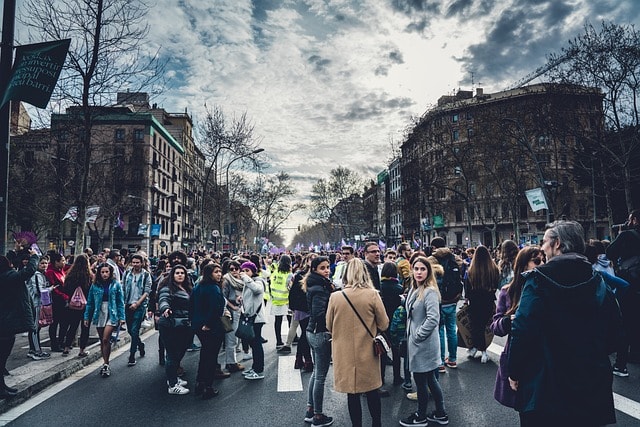
Freedom of speech is perhaps the most celebrated right under the First Amendment. It protects the public expression of opinions without government censorship. Free speech is crucial for fostering open dialogue and enabling individuals to voice their thoughts and ideas without fear of retribution. Free speech is a cornerstone of our democracy.
Scope and Limitations
The scope of free speech protections is broad, encompassing various forms of expression, including symbolic speech like flag burning, as established in Texas v. Johnson. Campaign donations are also considered a form of political speech protected speech under the First Amendment.
However, there are limitations to free speech. The Supreme Court’s ruling in Schenck v. United States established the ‘clear and present danger’ test, which allows for speech restrictions if the speech poses a significant threat. The Roth test determines whether material qualifies as obscene and can be legally restricted, adding another layer of complexity to free speech rights.
Hate speech is protected under the First Amendment, but it differs from hate crimes, which can incite criminal activity or threaten individuals. Understanding these nuances is crucial for navigating the extent and limitations of free speech in today’s society.
Commercial Expression
Commercial expression, which includes advertising and other forms of communication intended to promote commercial products or services, is an important aspect of First Amendment protections. While the First Amendment safeguards the right to free speech, the Supreme Court has clarified that commercial speech—unlike political or artistic expression—receives a different level of protection under the Constitution.
The Supreme Court first recognized that commercial speech is entitled to some First Amendment protections in the landmark case Virginia State Pharmacy Board v. Virginia Citizens Consumer Council (1976). In this decision, the Court held that truthful information about lawful commercial products and services is protected speech, but it also established that the government can regulate commercial expression to prevent false or misleading advertising. To determine whether a regulation on commercial speech is constitutional, the Court developed a four-part test: the speech must concern lawful activity and not be misleading; the government must have a substantial interest in regulating the speech; the regulation must directly advance that interest; and it must not be more extensive than necessary.
Despite these protections, commercial speech is not absolute. The Supreme Court has upheld restrictions on commercial expression in cases where the speech is false, misleading, or promotes illegal drug use or other unlawful activities. For example, in Posadas de Puerto Rico Associates v. Tourism Company of Puerto Rico (1986), the Court allowed the government to prohibit advertising of casino gambling to residents, citing a legitimate interest in protecting public welfare. Similarly, commercial speech that could incite violence or is otherwise harmful can be restricted to maintain security and peace.
Verification and transparency are also key considerations in commercial expression. The Court has supported requirements for advertisers to disclose certain information or include disclaimers to prevent deception, as seen in Zauderer v. Office of Disciplinary Counsel (1985). These verification requirements help ensure that consumers receive accurate information and are not misled by commercial messages.
Congress, state legislatures, and regulatory agencies play a significant role in shaping the rules that govern commercial speech. Laws and regulations are designed to balance the amendment protections for free expression with the government’s responsibility to protect consumers and the public interest. For instance, regulations may require clear labeling of commercial products, prohibit advertising that targets vulnerable populations, or set standards for advertising in schools to ensure that the free exercise of constitutional rights is not compromised.
The press guaranteed under the First Amendment also extends to commercial speech published in newspapers, magazines, and other media. However, the extent of these protections can vary depending on the context, such as in schools (where the schoolhouse gate test applies) or during elections, where the government may have a heightened interest in preventing misleading or manipulative advertising.
The ongoing debate over the scope of First Amendment protections for commercial expression reflects the complex connection between free speech rights and the need for regulation. The Supreme Court continues to refine the rules and exceptions, ensuring that commercial speech serves the interests of both businesses and the public without prohibiting the free exercise of constitutional rights. As new forms of commercial expression emerge—especially in digital media—the courts, Congress, and state legislatures will remain central in interpreting and applying these amendment protections.
Ultimately, commercial expression is a vital part of our constitutional rights, allowing citizens and businesses to speak, protest, and seek redress of grievances related to commercial products and services. The government’s role is to ensure that this speech remains truthful, not misleading, and consistent with the broader goals of security, peace, and public welfare. As the landscape of commercial speech evolves, so too will the extent of First Amendment protections, guided by the principles established in the Constitution and interpreted by the Supreme Court.
Freedom of the Press
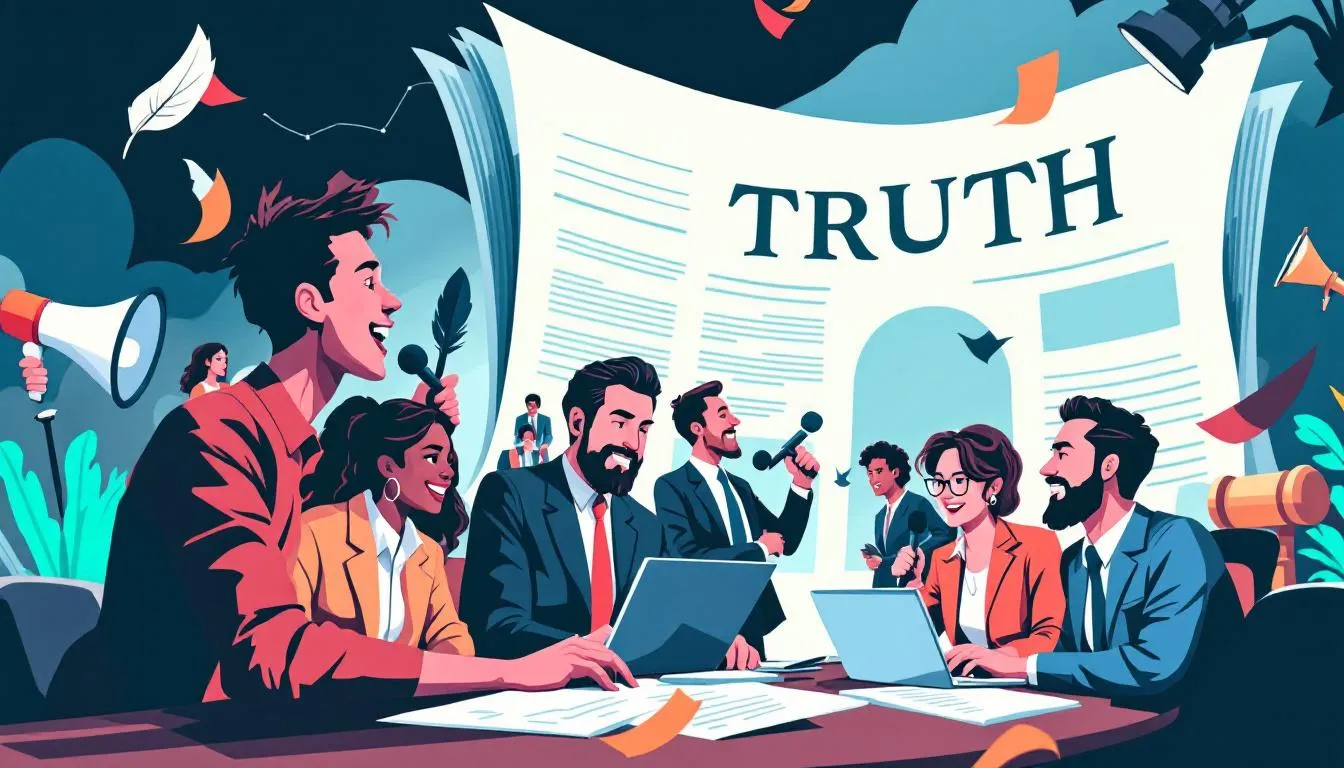
A free press is vital for democracy, and the First Amendment ensures government accountability by protecting press freedom. This protection allows journalists to operate without government restrictions, fostering transparency and informed public discourse.
The freedom of the press extends to various media forms, emphasizing its role in society. This includes:
- Newspapers
- Books
- Plays
- Movies
- Video games
The Court’s ruling in Near v. Minnesota established that prior restraints on publication are unconstitutional, reinforcing press freedom.
Another significant ruling is New York Times Co. v. United States, which highlighted the high bar for prior restraint in freedom of the press cases. This decision underscored the importance of an independent press in scrutinizing government actions and adhering to the rules.
Right to Assemble and Petition
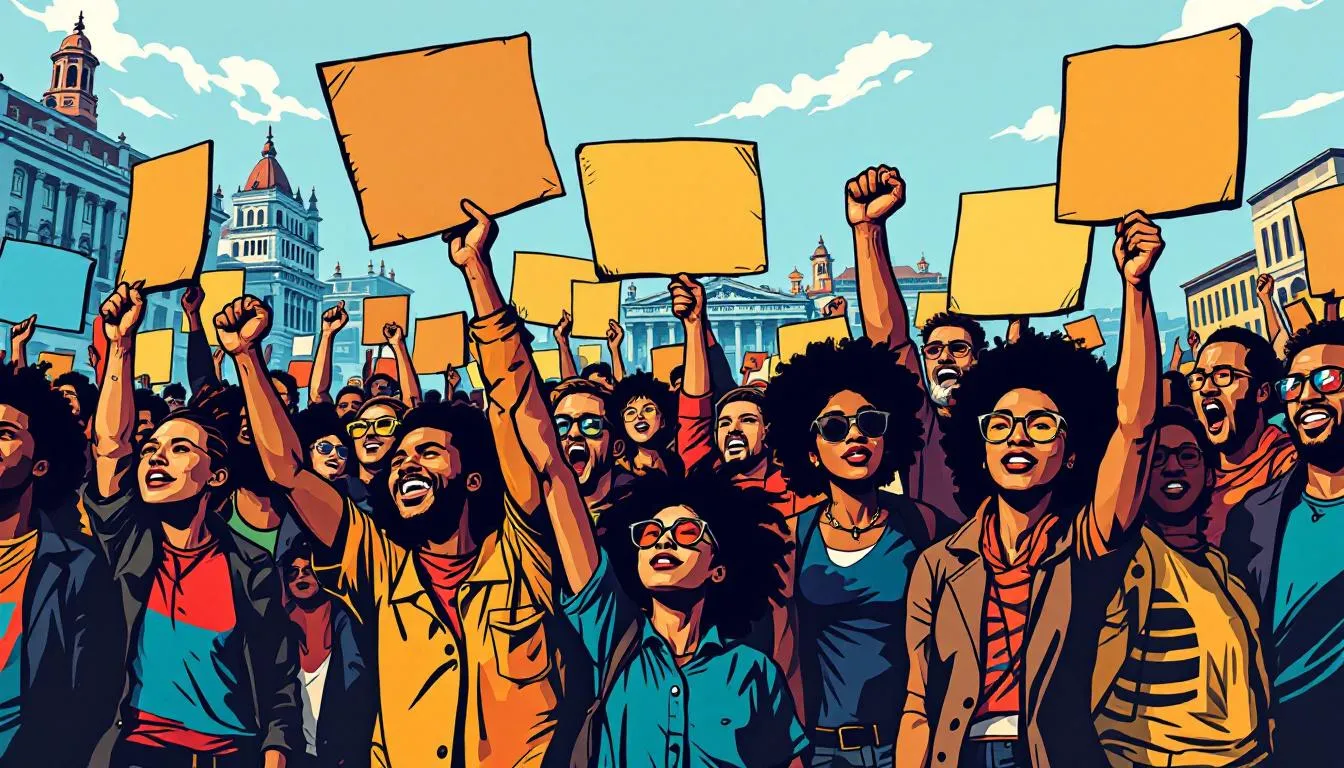
The right to peaceably assemble is essential for collective expression and requires a group, unlike individual speech. This right, recognized as fundamental by the Supreme Court, extends from the federal level to the states, where people can speak together.
The right to petition has deep historical roots, with origins tracing back to the Magna Carta and the English Bill of Rights. It has expanded to include communication with officials, lobbying, and filing lawsuits, making it a vital tool for public redress of grievances and appeals.
Modern interpretations often merge the rights of assembly and petition with free speech, potentially diminishing their independent significance. However, calls to revitalize the right to petition highlight its importance in ensuring state legislatures engage with constituents.
Key Supreme Court Cases
Several significant Supreme Court cases have shaped the interpretation and application of the First Amendment protections over time. One such case is Schenck v. United States, which involved the conviction of Charles Schenck for publishing anti-draft leaflets. This case set a precedent that limited free speech under certain circumstances.
Another landmark case is Tinker v. Des Moines, which affirmed that students retain their First Amendment rights while in school, allowing for symbolic speech at the schoolhouse gate. The ‘Lemon’ test, established in Lemon v. Kurtzman, further defines what constitutes government action that might violate the Establishment Clause, addressing conflicts with the Free Exercise Clause.
These cases, among others, illustrate the evolving nature of First Amendment jurisprudence and its impact on American society.
Modern Challenges and Controversies
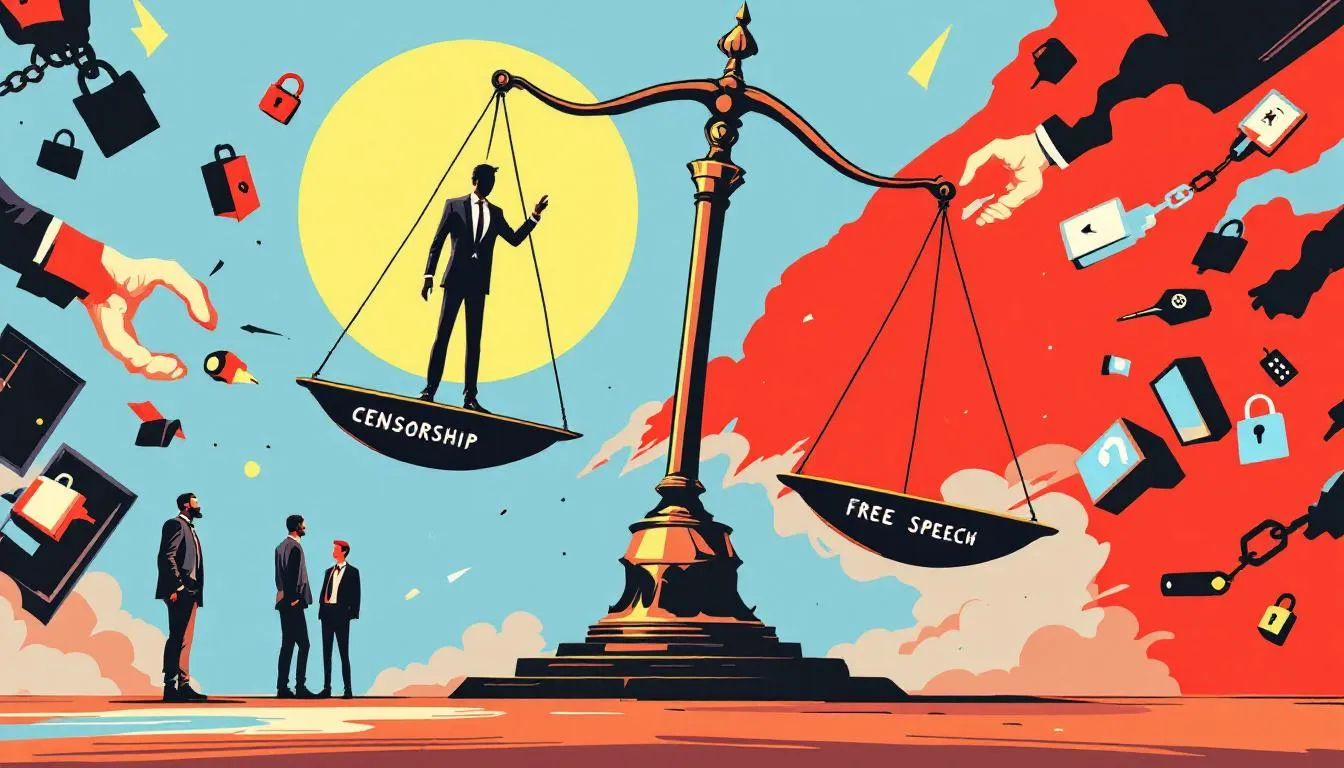
In today’s digital age, modern challenges and controversies continuously test the boundaries of the First Amendment. For instance:
- Government social media accounts cannot block followers if they are used for official business, as this would violate free speech rights.
- An official account can disable comments on posts without breaching First Amendment rights.
- Selectively deleting comments could infringe on free speech.
The government’s attempt to ban TikTok over national security concerns has sparked significant debate about the implications for free speech. Additionally, the balance between preventing online harassment and protecting free speech has prompted judicial scrutiny of what constitutes a ‘true threat’.
These issues highlight the ongoing tension between regulating harmful content and preserving the fundamental right to free speech in an increasingly digital world, where connection to violence can often be a concern.
Summary
The First Amendment stands as a powerful testament to the values of freedom and democracy. By safeguarding the rights to speech, religion, press, assembly, and petition, it ensures that individuals can express themselves freely and hold the government accountable. Understanding these freedoms, their historical context, and the modern challenges they face is crucial for every citizen.
As we navigate an ever-evolving digital landscape, the First Amendment remains a beacon of liberty, guiding us in the pursuit of justice and equality. Let’s continue to cherish and defend these rights, ensuring that future generations can enjoy the same freedoms we hold dear. Here is a link to an article explaining the most recent government shutdown; free speech by government employees is an issue during this shutdown.
Frequently Asked Questions
What are the five essential freedoms protected by the First Amendment?
The First Amendment snagged you five key freedoms: speech, religion, press, peaceful assembly, and the right to petition the government. It’s all about keeping your voice heard and your rights protected!
How did the Magna Carta influence the First Amendment?
The Magna Carta set the stage for rights like ‘no taxation without representation,’ which later inspired the civil liberties in the First Amendment, helping shape our freedom of speech and expression. It’s pretty cool how those early ideas still resonate today!
What is the Establishment Clause?
The Establishment Clause keeps things fair by ensuring the government doesn’t play favorites with any religion, helping to maintain a clear separation between church and state. It’s all about keeping our beliefs free from government influence!
Can hate speech be restricted under the First Amendment?
Hate speech is generally protected by the First Amendment, so you can’t really restrict it just because it’s hateful. But, if it incites violence or poses a real threat, then it can cross the line.
What modern challenges do First Amendment rights face?
First Amendment rights today struggle with the complexities of government social media use, attempts to regulate apps like TikTok, and finding the right balance between combating online harassment and safeguarding free speech. It’s a tricky landscape, for sure! Here is a link to an article that explains more.

